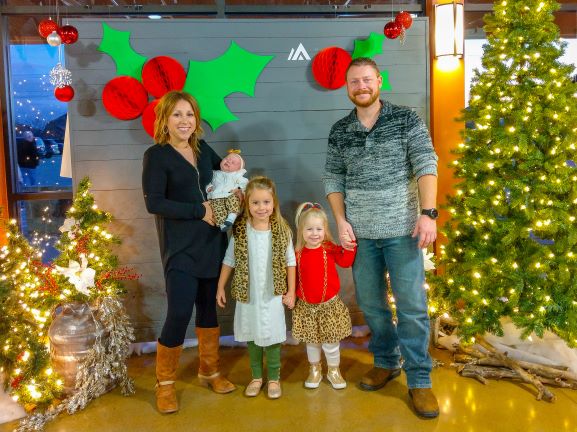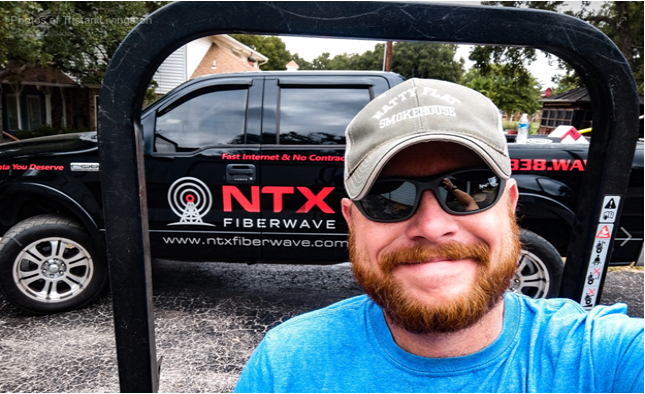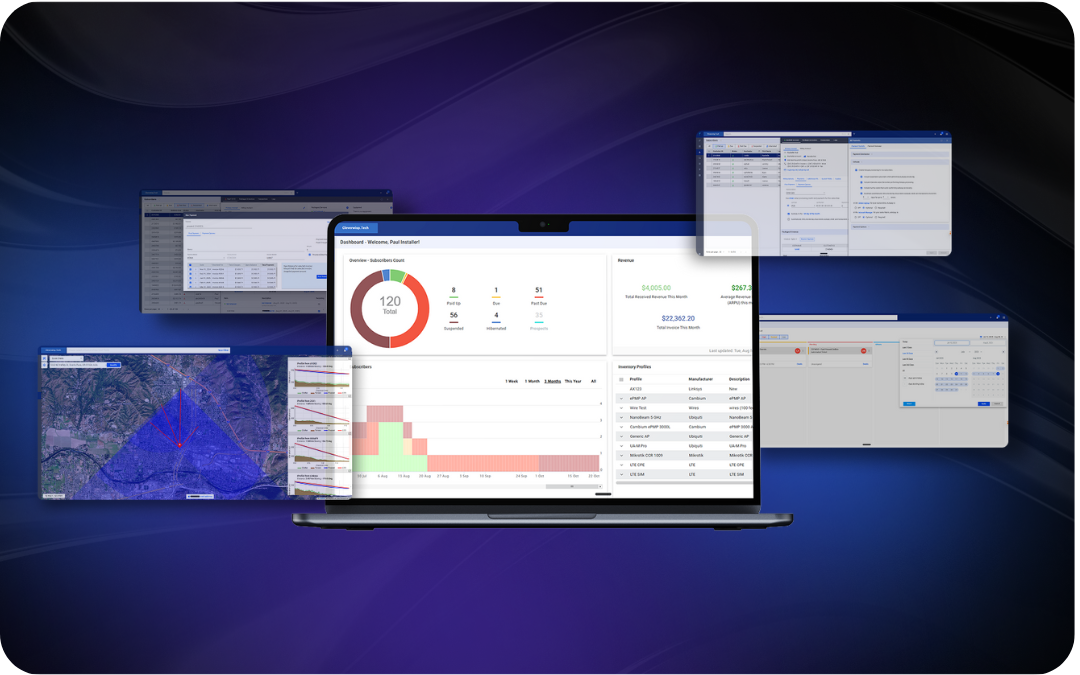Tristan Livingston is one of many pioneers who solve rural connectivity gaps, one connection at a time.
Americans who live in populated areas — cities and the suburbs around them — may have no inkling of the struggle their rural neighbors have to get the basic internet service. According to the Federal Communication Commission (FCC), there are approximately 19 million Americans in 2020 without the basic threshold of internet service.
The good news is the connectivity gap is closing. In 2007, 63% of rural Americans reported they didn’t have internet service and in early 2019, only 35% reported a lack of service[1], which equates to 21 million people who were still without broadband access in 2019.
But it’s not just individuals who do without, 40% of rural schools and 60% of rural hospitals have inadequate or no internet service.[2] When you consider the information that’s available online, along with apps and tools that streamline processes and make it easier for these organizations to operate, rural organizations that don’t have internet are far behind their urban neighbors.
While there’s still much to do, the industry has come a long way from 1960’s ARPANET Network days. Connectivity is expanding and the industry can address new speed demands brought on by today’s streaming and gaming services.
Unsung pioneers in the internet’s story are individuals like Tristan Livingston, who through his WISP, NTX Fiberwave is expanding access from his backyard in rural Texas throughout Wise and Parker Counties, 68-miles from Dallas.
Responding to Access Issues
“I’ve lived in this area for 20 years,” explains Tristan. “Our options in 2015 were satellite, NextLink — which was the new option at the time — and a few other WISPs, but the service was spotty. I was just tired of making two to three phone calls a week with service issues.”
Tristan points out that the region (West-O-Plex) is one of the fastest-growing in the Dallas – Fort Worth area, and the connectivity issues in the region were likely caused by oversold towers. Instead of waiting for others to address access solutions, he created his own. His experience in AM/FM broadcast engineering gave him a starting point to build his own WISP.
“I knew someone with a fiber link and 300 customers — I asked him about starting my service.” In addition to his own electrical experience and the friendly advice, Tristan scoured the market, combed Facebook groups like WISP Talk and studied white papers from vendors like Ubiquiti Networks, Cambium Networks and researched distributors and consultants.

Building & running a WISP is a family affair for the Livingstons.
Startup Pains, Gaining Control
Time was the biggest hurdle for Tristan,” I’d leave the house at 4 a.m. and drive 68 miles to Dallas to the full-time job to beat the traffic. Then I’d leave work around 1:00 pm to return home to work on towers, do construction for the office and trench 2,000 feet of fiber.”
There was pouring the concrete, building the office — thankfully his family helped; his father owned a construction company and his father-in-law had an electrical company. And, as the office was coming together, his wife helped with customer service and administrative tasks.
“One of my three daughters likes learning about the WISP business,” he said with a smile. “She and I spend Saturday mornings in the office.”
Tristan learned how to optimize his time. During the two long weeks it took for the fiber to be installed at his headend office at the Ranch (pole barn), he worked with Visp.net to configure his billing and automation system. During this “downtime” network plans were established, compatibility checked, and he deployed a system that turned a network into a business.
It all came together despite the daunting number of details that had to work together. “It was more than I expected, but the Client Success team at Visp was there every step of the way, responsive and well informed,” explained Tristan.
On December 17, 2018, Tristan powered up his first radios and NTX Fiberwave was launched with its first subscribers — his ranch, his father and a neighbor.
Controlled Expansion
As NTX Fiberwave was getting off the ground, Tristan added three to eight subscribers a month. When he made Fiberwave his full-time job during the summer of 2019, he added 38 customers in August and September.
“My goal was to have 100 customers by the end of 2019, by November 2019 I had 117,” he said. Tristan is confident that he’ll reach his 2020 goal six months early.
Yet, Tristan has turned away new subscribers to control the quality of his installations and broadband. “I don’t want to oversell my towers, and I treat each install as if it were on my own house,” he said. “I’ll add new subscribers as my capacity expands and towers are added.”
In one short year, Tristan went from being an engineer to being an Internet Service Provider with more than 100 subscribers. The operation costs were covered about four months into the venture and now that NTX Fiberwave is a year old, food is being put on the table, the community has excellent bandwidth options with nothing but growth in the future.
“I was surprised at how the community reacted to my WISP – a new internet provider,” Tristan said. “I was shocked at how supportive the community was to just some guy. I received positive feedback, despite being new and small, and it taught me to listen and respond to my customers.”
When asked about his best piece of advice for new WISPs, he said, “Research everything – equipment, vendors, potential reach and decide on the exceptions that you’re willing to make upfront. For me, working with bright individuals at companies like Cambium, RF Elements, Ubiquiti and the amazing team at Visp were among the best decisions I made.”
[1] The Pew Research Center; Digital Gap Between Rural and Nonrural America Persists May 2019; online: https://www.pewresearch.org/fact-tank/2019/05/31/digital-gap-between-rural-and-nonrural-america-persists/
[2] The Pew Research Center; 21 Million Americans Still Lack Broadband Connectivity Fact Sheet; July 2019; online: https://pewtrust.org/en/research-and-analytics/fact-sheets/2019-07/21-million-americans-still-lack-broadband-connectivity










